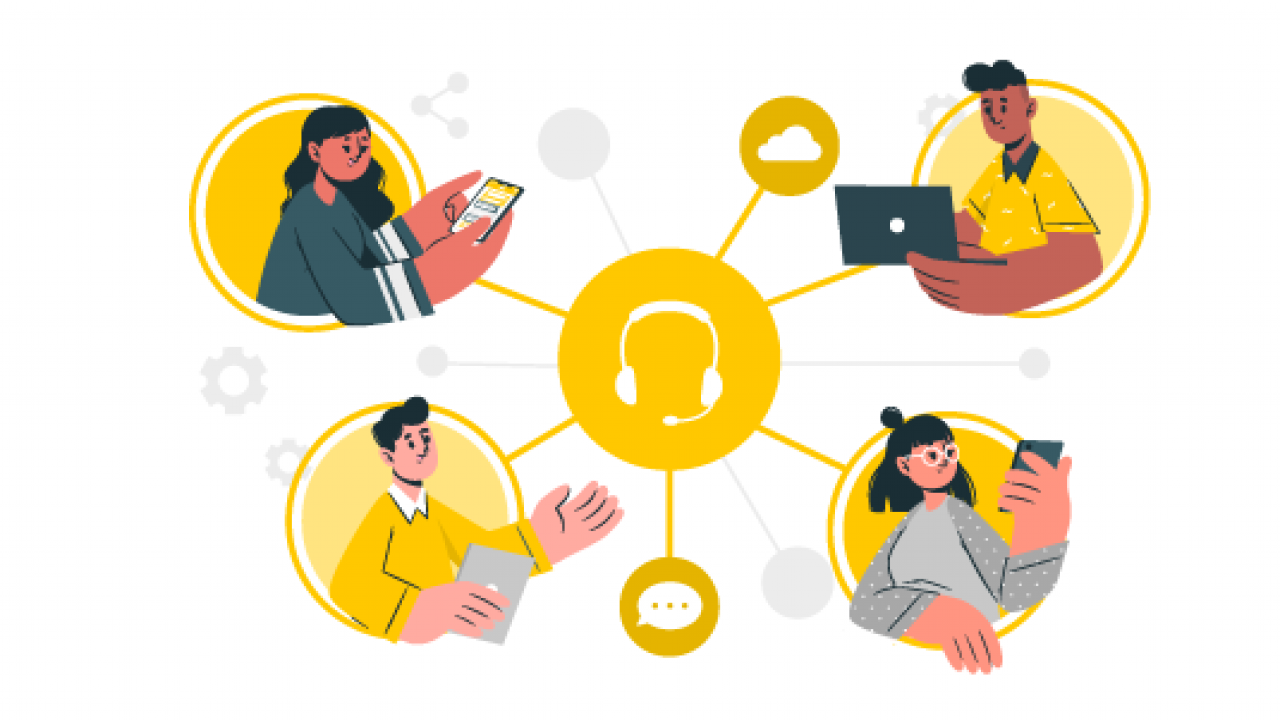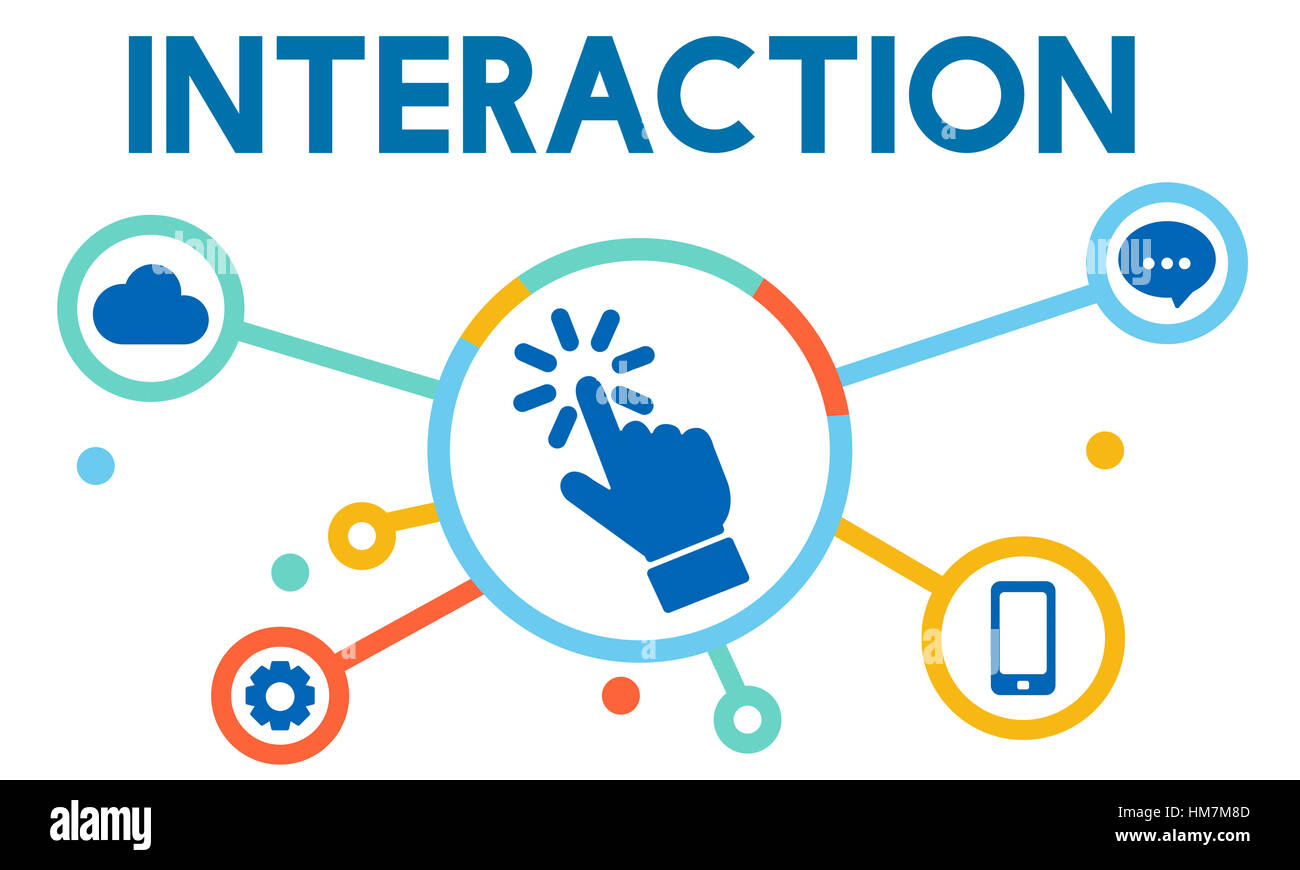
Media and technology are somewhat ambiguous when categorizing them interactively, as teachers and learners can often choose how to actually use the media, which will influence how learners interact and give feedback. Placed in a single medium. Thus, the design quality of the interactive experience is again as important as the choice of medium to enable the activity, although a poor choice of technology can reduce the level of activity and/or interaction quality. In practice, teachers and learners may use a combination of media and technology to ensure high-quality interactions. However, the use of multiple different media may increase costs and workload for both teachers and learners.
Computer technology can greatly facilitate the interaction between learners and learning resources. Self-administered online tests can provide students with feedback on their understanding or coverage of a subject area. Such tests can also provide feedback to teachers on subject areas where students have difficulty, and can also be used to grade how well students understand. Using standard testing software built into the learning management system, students can be automatically assessed and graded based on their understanding of course material. Thus, computer-managed learner interactions are particularly beneficial for developing understanding and comprehension of concepts and procedures.
The way feedback is presented may influence how it is received, meaning that sometimes even the most well-meaning feedback can come up in the wrong way and reduce learner motivation. When learners feel too closely monitored: If learners feel that they are too closely monitored, they may become nervous or self-conscious and thus disengage from learning. When learners interpret feedback as an attempt to control them: Learners may sometimes interpret feedback as an attempt to control them or tell them how they should do something, rather than directing how to improve. When learners feel uncomfortable feelings of competition: Feedback shared in a group setting may make learners feel that they must compete with their peers. This may be another source of disengagement in learning. When students have access to this information, they develop their awareness of learning and are more likely to identify errors and ultimately develop strategies to address their weaknesses.
Both short-term and long-term memory store information in chunks, but the former is limited. One of the easiest ways to ensure that learners store information in long-term memory is to pair concepts with meaningful images. Visual effects help students understand the content and direct their attention, increasing the likelihood that learners will remember the material. Visuals are faster and stronger than text. They help users engage with content, and this emotional response affects information retention. This is because visual memories are encoded in the medial temporal lobe of the brain, where emotions are processed. The brain is set up in a way that makes it easy to associate visual stimuli with emotional responses, and together the two form memories. Negative visual portrayals are particularly useful for leaving a strong emotional impression. It is important to note that graphics can also have a negative effect on learning if used incorrectly. When off-topic graphics appear on the screen, such as those used for purely decorative purposes, the learner subconsciously tries to find out what the image is about and why.

Leave a Reply